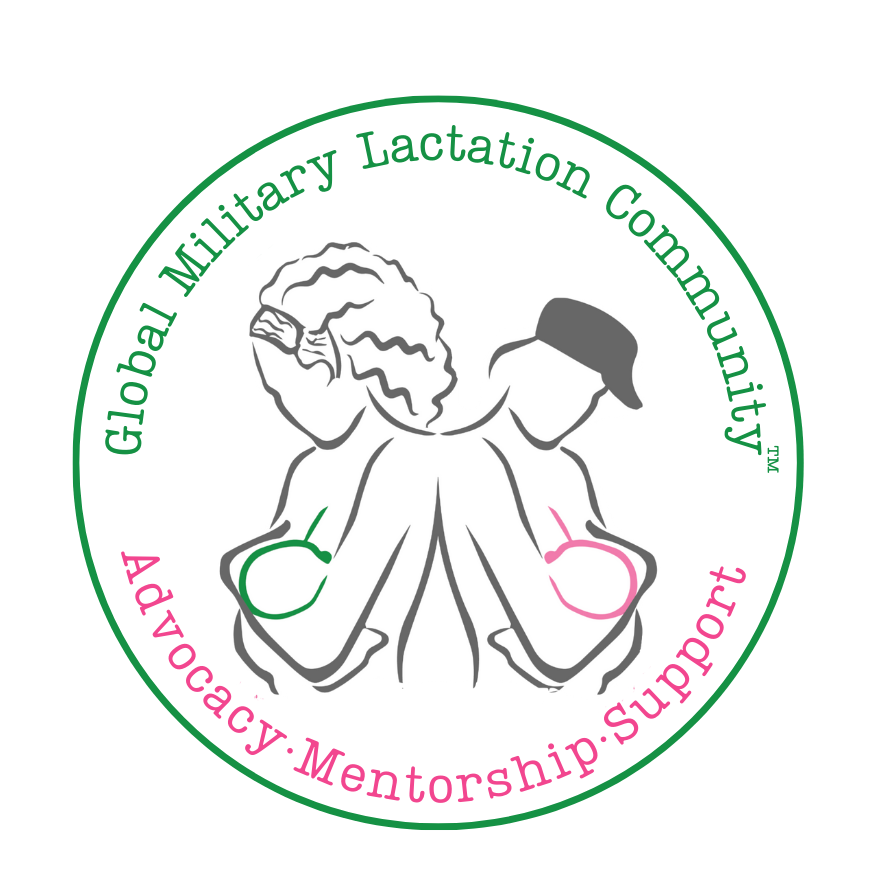BFinCB Service Member Q&A: Jessica Ruttenber Air Force Pilot
By Mom2Mom Global | Maria Batlle
I first spoke to Jessica via Facebook Messenger. She had reached out to our page and we eventually spoke over the phone. I was amazed to hear a bit of her story and her experiences! This then led to me convincing her to do this new Q&A format, which helps provide a personal insight about our breastfeeding in combat boots service members and their breastfeeding and or pumping journey! Here is her story.
What’s your name and where are you from?
Jessica Ruttenber from the Washington DC area
What inspired you to join the military & how long have you been a service member?
I joined the Air Force because I had a strong passion to serve my country. I was also drawn to the excitement and adventure it would bring. I lived in Pensacola Florida for a few years when I was a kid where the Blue Angels flew often. My parents would take me to air shows and the National Naval Aviation Museum which inspired me to pursue a career in aviation. I have served for 19 years.
Before becoming a parent, what did you know about Breastfeeding?
I don’t think you could find anyone more clueless than I about breastfeeding prior to having children.
How was your postpartum experience?
Each one of my postpartum experiences were different. With my third child I struggled for the first year. Unlike my first two pregnancies my body did not bounce back as quickly and I was unable to run as much as I used to because of a knee injury. Looking back I can see I put unnecessary pressure on myself both physically and emotionally.
What was your breastfeeding experience like the first 72 hours with one or all children?
With my first child I was surprised how engorged my breasts were the day after birth. I was also concerned my baby was going to be hungry until my milk came in two days later.
Where did you first begin pumping and what was your routine like at that unit?
I started pumping about a month before I returned to work. My milk supply definitely dropped once I was back full time. It took me a while to learn to manage my schedule to take pumping breaks at the intervals I needed to maintain my supply. Once I got the hang of it I pumped on average every four hours.
Was your command supportive?
My commander was definitely supportive during and after my pregnancy. For my second pregnancy, I explained to my leadership how aircrew members can continue to breastfeed while they fly. I shared some of my previous experiences about when my pumped failed and how I handled it. They not only supported me, but also gave me money from their personal funds to purchase several manual pumps for our squadron. We kept these in the unit for our flight attendants to take on trips in case their electric pump failed.
What do you wish you would have known about breastfeeding/pumping when you started your journey?
Nipple shields – For two of my babies I had painful and cracked nipples that discouraged me. Nipple shields were a lifesaver and now I always throw a couple in with my baby shower gifts for first time moms if they plan to breastfeed.
One funny fact that has happened while breastfeeding/pumping in uniform?
I am an Air Force KC-135 pilot. On my second flight back from maternity leave I had an in-flight emergency. Instead of a two hour training mission, I spent four hours trouble shooting and doing in-flight control-ability checks before landing the plane. I missed my pumping session prior to taking off and by the time I landed, I was six hours past my intended pump time. We landed safely but as with any emergency, the fire department, medical services and much of my squadron leadership met us at the aircraft when we taxied in. I had leaked so much my top was covered in breast milk. Luckily, I had a jacket to cover my top before meeting the dozens of people awaiting outside the plane in response to the aircraft emergency!
Tell us about WIT (Women’s Initiative Team).
I volunteer on the Air Force’s Women’s Initiative Team (WIT). We work to identify and remove barriers to the retention and advancement of all Airmen. The WIT is one of five teams under the Air Force Barrier Analysis Working Group; all five assist AF/A1 and SAF/MR in reviewing policies and recommending changes. Some of their great work included updating the Air Force lactation policies. I am truly inspired by the men and women in this group.
What inspired you to write your blog post: “Stop Hiding in the Bathroom” ?
I wanted to inspire our service members to stand up for their beliefs and to be brave enough to share their experiences with others. I am often asked how can individuals at a unit level change a culture. This blog was my answer to that question.
Any tips for our Breastfeeding in Combat Boots followers, especially for our pilots and aircrew members?
ALWAYS, have spare parts and a backup manual pump with you on EVERY mission. Your pump will break or malfunction and it will be at the worst time.



